- Home
- Articles
- Architectural Portfolio
- Architectral Presentation
- Inspirational Stories
- Architecture News
- Visualization
- BIM Industry
- Facade Design
- Parametric Design
- Career
- Landscape Architecture
- Construction
- Artificial Intelligence
- Sketching
- Design Softwares
- Diagrams
- Writing
- Architectural Tips
- Sustainability
- Courses
- Concept
- Technology
- History & Heritage
- Future of Architecture
- Guides & How-To
- Art & Culture
- Projects
- Interior Design
- Competitions
- Jobs
- Store
- Tools
- More
- Home
- Articles
- Architectural Portfolio
- Architectral Presentation
- Inspirational Stories
- Architecture News
- Visualization
- BIM Industry
- Facade Design
- Parametric Design
- Career
- Landscape Architecture
- Construction
- Artificial Intelligence
- Sketching
- Design Softwares
- Diagrams
- Writing
- Architectural Tips
- Sustainability
- Courses
- Concept
- Technology
- History & Heritage
- Future of Architecture
- Guides & How-To
- Art & Culture
- Projects
- Interior Design
- Competitions
- Jobs
- Store
- Tools
- More
Handheld Laser Welding for Small Businesses: Is the Investment Worth It?
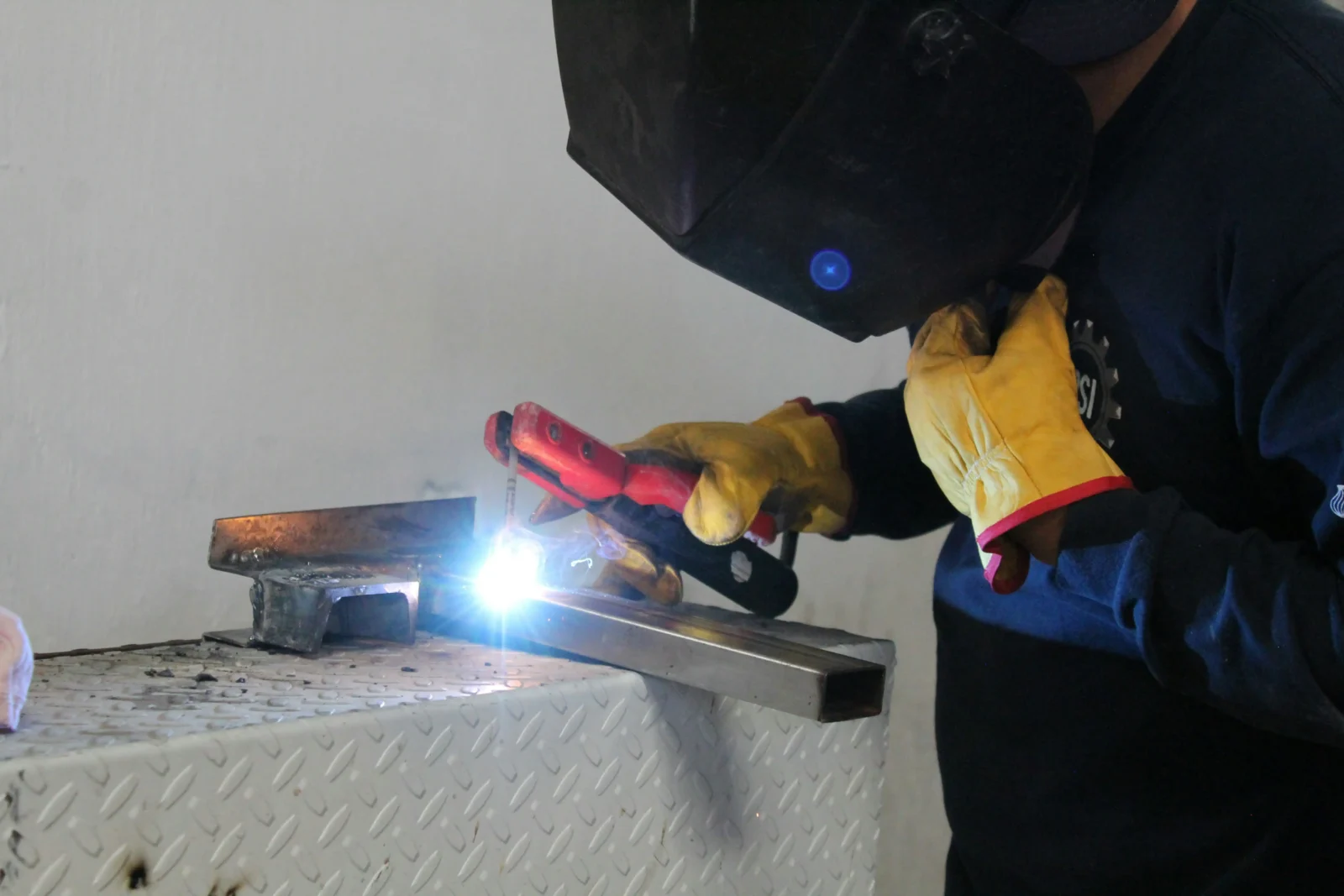
For many small businesses, every equipment purchase is a strategic decision — especially when the technology comes with a higher upfront cost. You may have heard about handheld laser welders and wondered: Are laser welders any good? Can they truly provide a worthwhile return on investment (ROI) for small workshops or manufacturing operations?
As industries evolve toward smarter, more efficient production methods, laser welding is gaining attention for its precision, speed, and versatility. Yet before deciding whether to invest, it’s important to look beyond the hype and understand how this technology translates into real-world financial benefits.
Table of Contents
ToggleUnderstanding Handheld Laser Welding
Handheld laser welding is a modern joining process that uses a concentrated laser beam to fuse metals together. Unlike traditional methods such as MIG or TIG welding, which depend on filler materials and generate high heat, laser welding focuses energy in a small, controlled area. This allows for fast, clean welds with minimal distortion or post-processing.
| Feature | Traditional Welding (MIG/TIG) | Handheld Laser Welding |
| Heat Input | High | Low |
| Welding Speed | Moderate | Up to 4× faster |
| Precision | Variable | Extremely precise |
| Cleanup | Requires grinding/polishing | Minimal to none |
| Learning Curve | Moderate | Short with proper training |
For small-scale manufacturers, repair shops, or metal fabricators, this level of precision can significantly improve production efficiency and consistency.
Common Pain Points in Small-Scale Welding Operations
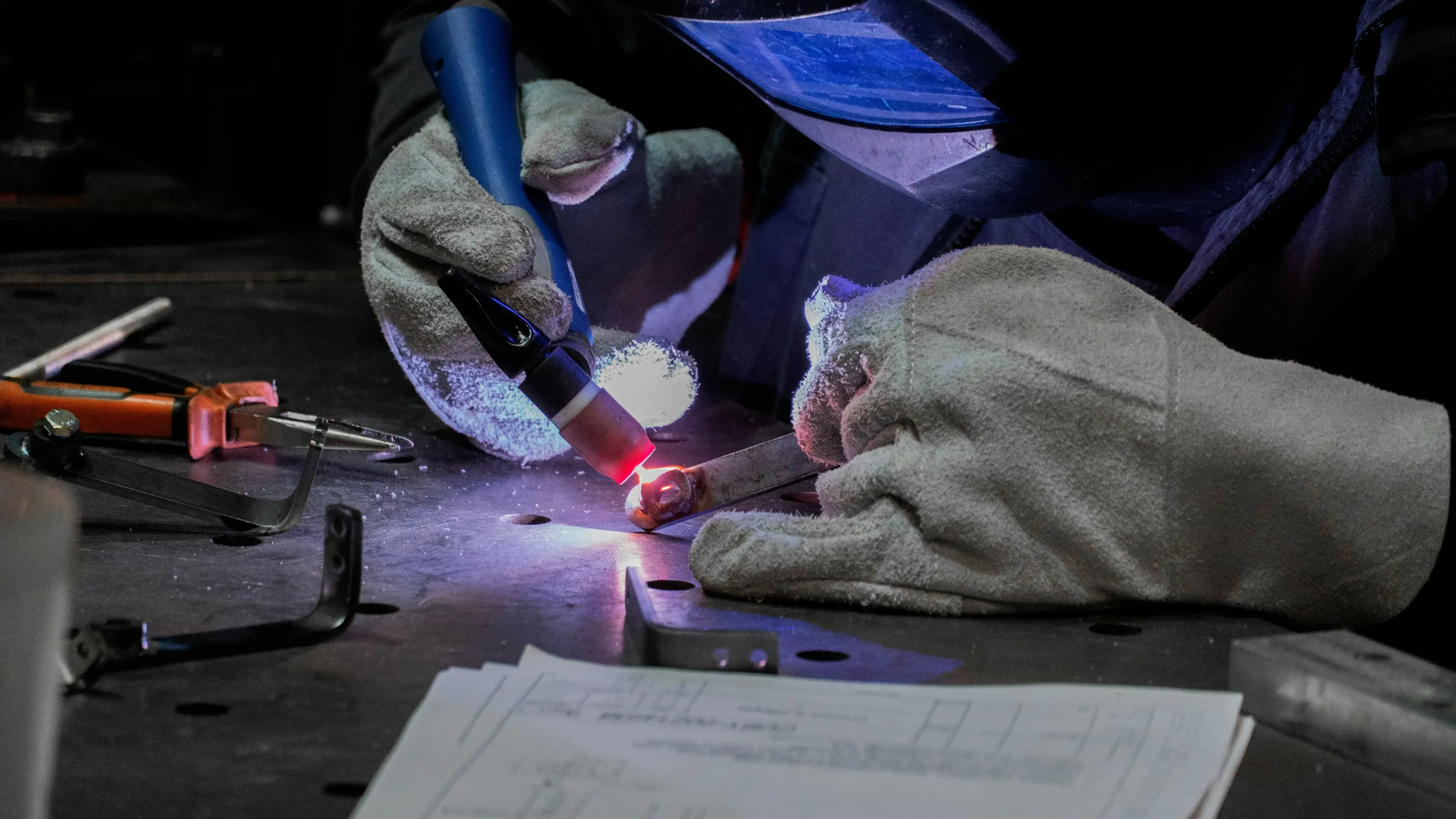
Small businesses often face similar challenges when it comes to welding:
- Time-consuming production cycles – Traditional welding requires multiple passes and extensive cleanup.
- High labor costs and skill shortages – Skilled welders are difficult to find and expensive to train.
- Inconsistent weld quality – Variability in human performance can lead to rework and wasted materials.
These obstacles not only slow production but also affect profit margins. The appeal of handheld laser welding lies in its potential to minimize these pain points through automation, precision, and ease of operation.
Cost Considerations: What You Really Pay For
Before deciding if laser welders are any good for your business, it’s essential to evaluate the investment from a financial standpoint.
1. Initial Equipment Investment
Laser welding systems typically cost more upfront than conventional welding setups. However, prices have been steadily decreasing as the technology matures. Financing options or leasing programs can make adoption more manageable for small businesses seeking to spread out expenses over time.
2. Operating and Maintenance Costs
Laser welders consume less energy and fewer consumables than MIG or TIG systems. They often don’t require filler rods or shielding gas for most applications. Maintenance is generally limited to cleaning optical components and calibrating the laser, making operating costs lower over the long term.
3. Training and Labor Efficiency
Operators can typically become proficient within a few days of training, thanks to intuitive controls and simplified procedures. This short learning curve means fewer production delays and less time lost to human error.
Efficiency and Productivity Gains
One of the strongest ROI arguments for handheld laser welding is its potential to increase productivity dramatically.
- Faster Welding Speed: Up to four times quicker than TIG or MIG welding, enabling more jobs to be completed per shift.
- Minimal Post-Processing: Clean, smooth welds eliminate the need for grinding or polishing.
- Simplified Setup: No filler materials or complex adjustments required between tasks.
- Portability: Compact units allow easy movement around the workspace or between job sites.
For small businesses, these time savings quickly translate into higher output and profitability. Completing multiple jobs in the time it used to take for one can make a measurable impact on ROI.
Quality and Performance
Laser welding produces cleaner, stronger joints with minimal spatter or deformation. The results are both visually appealing and structurally sound. Key performance advantages include:
- High weld strength and deep penetration on various metals, including stainless steel and aluminum.
- Reduced thermal distortion, making it ideal for thin or heat-sensitive materials.
- Consistent weld quality, ensuring repeatable results across multiple production runs.
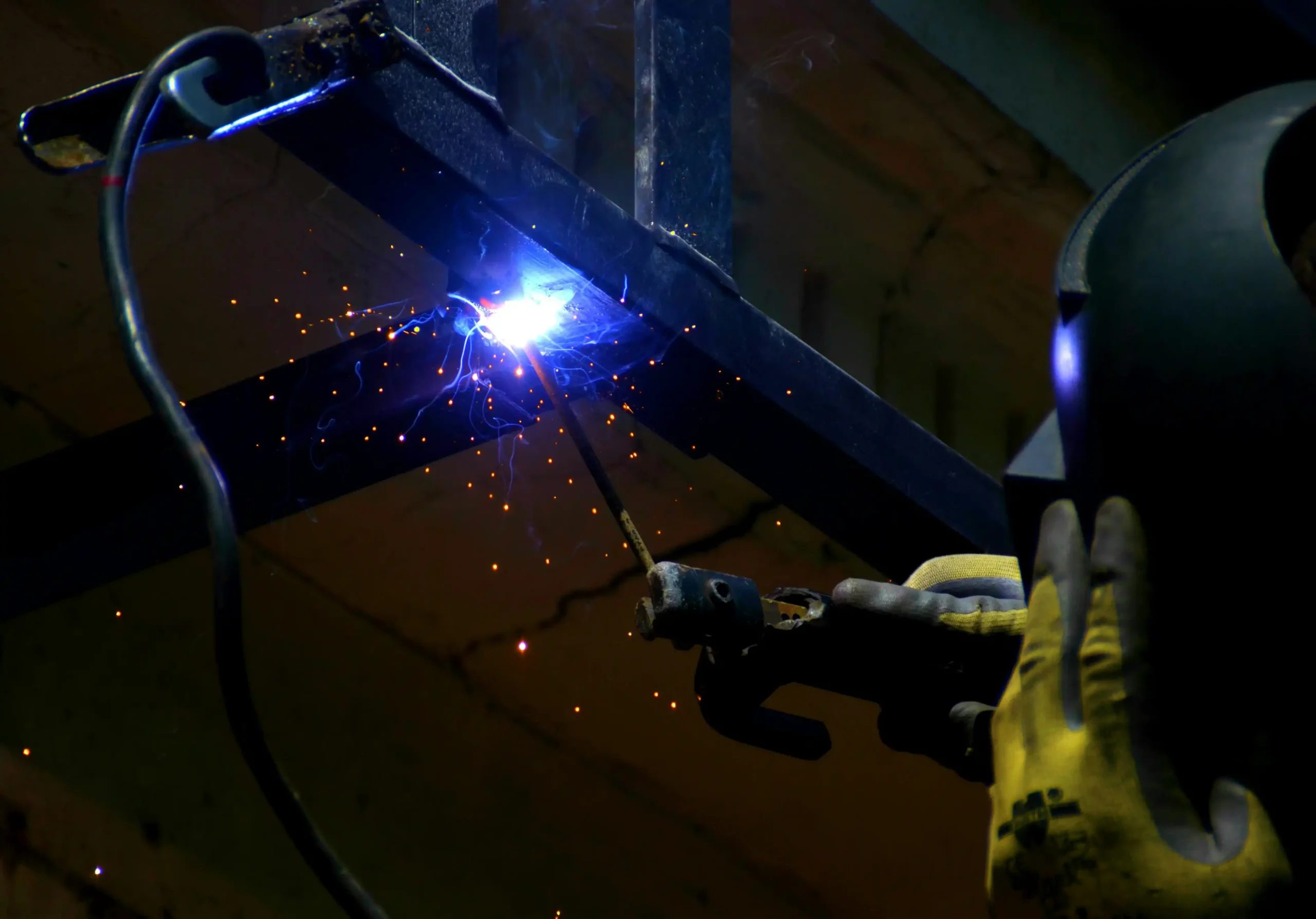
For industries where appearance and precision matter — such as electronics, automotive components, or decorative metalwork — this reliability can be a game-changer.
Safety and Environmental Benefits
Laser welding also enhances workplace safety and sustainability. It generates fewer fumes and less noise than traditional welding methods, reducing exposure to harmful gases and particulates. The focused beam produces less ambient heat, creating a cooler, more comfortable work environment.
Additionally, the absence of consumables like filler rods and flux reduces waste and environmental impact. These factors can help businesses align with green manufacturing standards and improve overall operational safety.
Calculating ROI: Making the Numbers Work
When evaluating the ROI of handheld laser welding, consider both tangible and intangible benefits. The basic ROI formula is:
ROI = (Net Gain from Investment − Cost of Investment) ÷ Cost of Investment × 100%
Key ROI Factors:
- Labor Savings: Faster welds mean fewer man-hours per project.
- Reduced Rework: Precision welding minimizes errors and material loss.
- Energy Efficiency: Lower power consumption decreases utility costs.
- Production Capacity: Increased throughput leads to higher revenue potential.
Example:
A small fabrication shop saves 20 labor hours per week at an average rate of $30/hour — that’s $600 weekly, or about $30,000 annually. If the handheld laser welder costs $25,000, the payback period is less than a year.
This example highlights why many small businesses find laser welding worth the investment once operational efficiencies are factored in.
Real-World Applications and Success Stories
Handheld laser welding has found applications in a wide range of industries and operations:
- Metal furniture manufacturers have cut polishing time by 80%.
- Automotive repair shops now achieve cleaner, faster aluminum repairs.
- Custom fabricators complete twice as many projects per month.
These practical examples show how the technology adapts to diverse business models, helping even small operations achieve industrial-grade results.
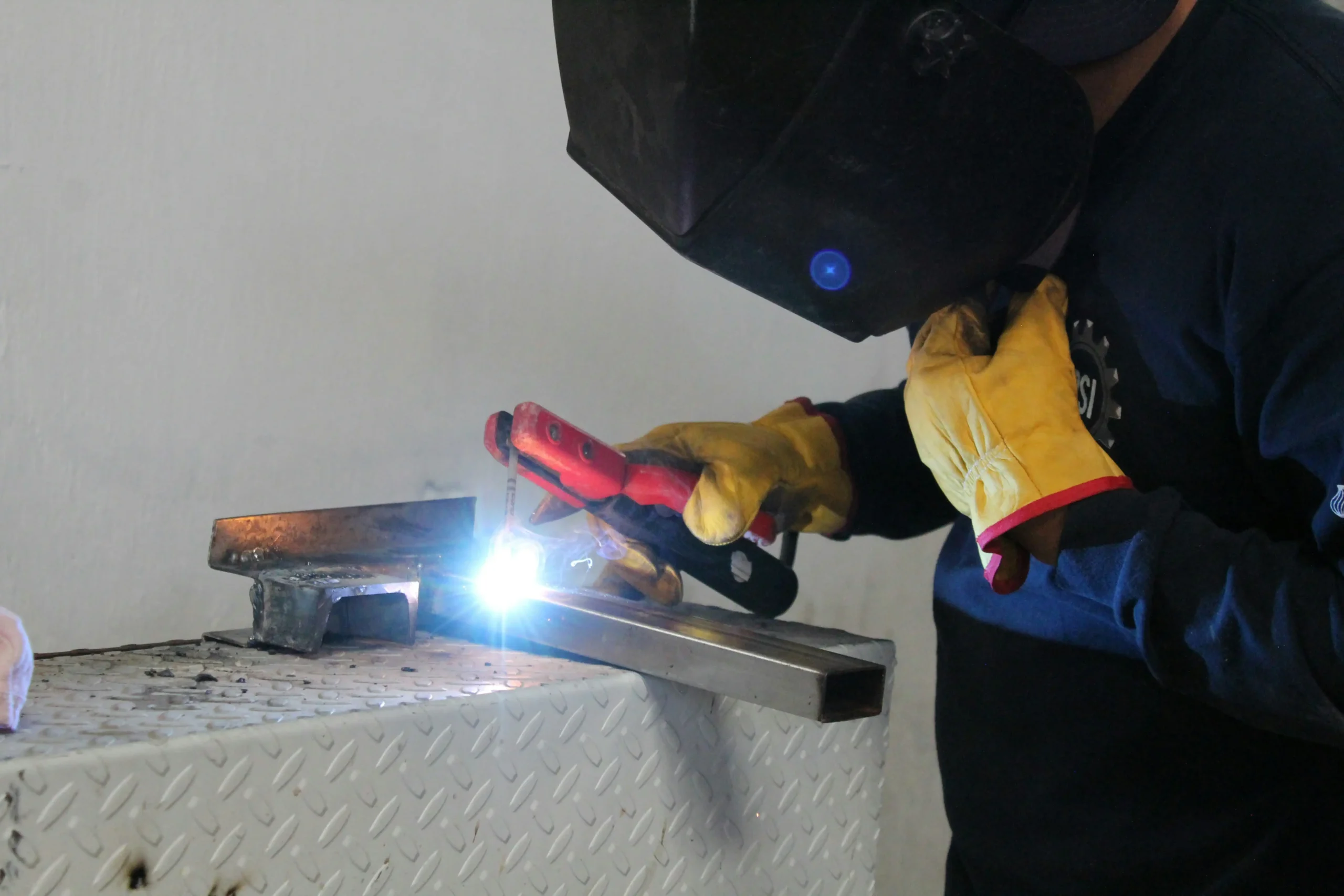
Potential Drawbacks and Limitations
While the advantages are clear, it’s important to acknowledge the limitations before committing to a purchase:
- High upfront cost: Even as prices fall, the initial investment may still be significant for very small operations.
- Service availability: In some areas, access to maintenance or replacement parts may be limited.
- Learning curve: Operators unfamiliar with laser technology need initial training to use it safely and effectively.
These drawbacks are typically short-term challenges that can be mitigated through proper planning, training, and supplier support.
Future Outlook: The Long-Term Payoff
As laser welding technology continues to evolve, it’s becoming more affordable, accessible, and efficient. Industry analysts predict a steady increase in adoption across small manufacturing sectors in the coming years.
Denaliweld machines are recognized for their precision welding on thin metals, portable design, and comprehensive safety and control systems that make them efficient and versatile for professional welding tasks. This combination of mobility, accuracy, and safety reflects where the industry is heading — toward smarter, more adaptable solutions that meet diverse operational needs.
With continued advancements in automation, software integration, and fiber laser design, future handheld systems will likely deliver even greater energy efficiency and versatility. Early adopters stand to gain a competitive edge through faster production times, better quality control, and reduced operational costs.
Conclusion
So, are laser welders any good for small businesses? The answer is a clear yes — when evaluated in terms of long-term savings, productivity gains, and product quality. Handheld laser welding may require a larger upfront investment, but the returns often outweigh the costs within a short period.
By improving efficiency, reducing waste, and enhancing weld quality, this technology empowers small businesses to compete with larger manufacturers. If your goal is to modernize your production line, cut operating expenses, and deliver top-quality results consistently, handheld laser welding could be the next smart step for your business.
illustrarch is your daily dose of architecture. Leading community designed for all lovers of illustration and #drawing.
Submit your architectural projects
Follow these steps for submission your project. Submission FormLatest Posts
How to Furnish Your New Home in 24 Hours (Without Picking Up a Screwdriver)
The keys have been handed over. The lease is signed. You are...
3D Printed Homes: Time, Cost, and What to Expect
3D printed homes explained: realistic timelines (24–72h walls, 8–16 weeks total), true...
How a Contact Centre Boosts Trust in Your Building Business
In construction, trust is the glue that holds projects together. Clients need...
How Real Time Parcel Geolocation Is Redefining Last Mile Efficiency for Modern Businesses
Last mile delivery has become the most critical point in the customer...









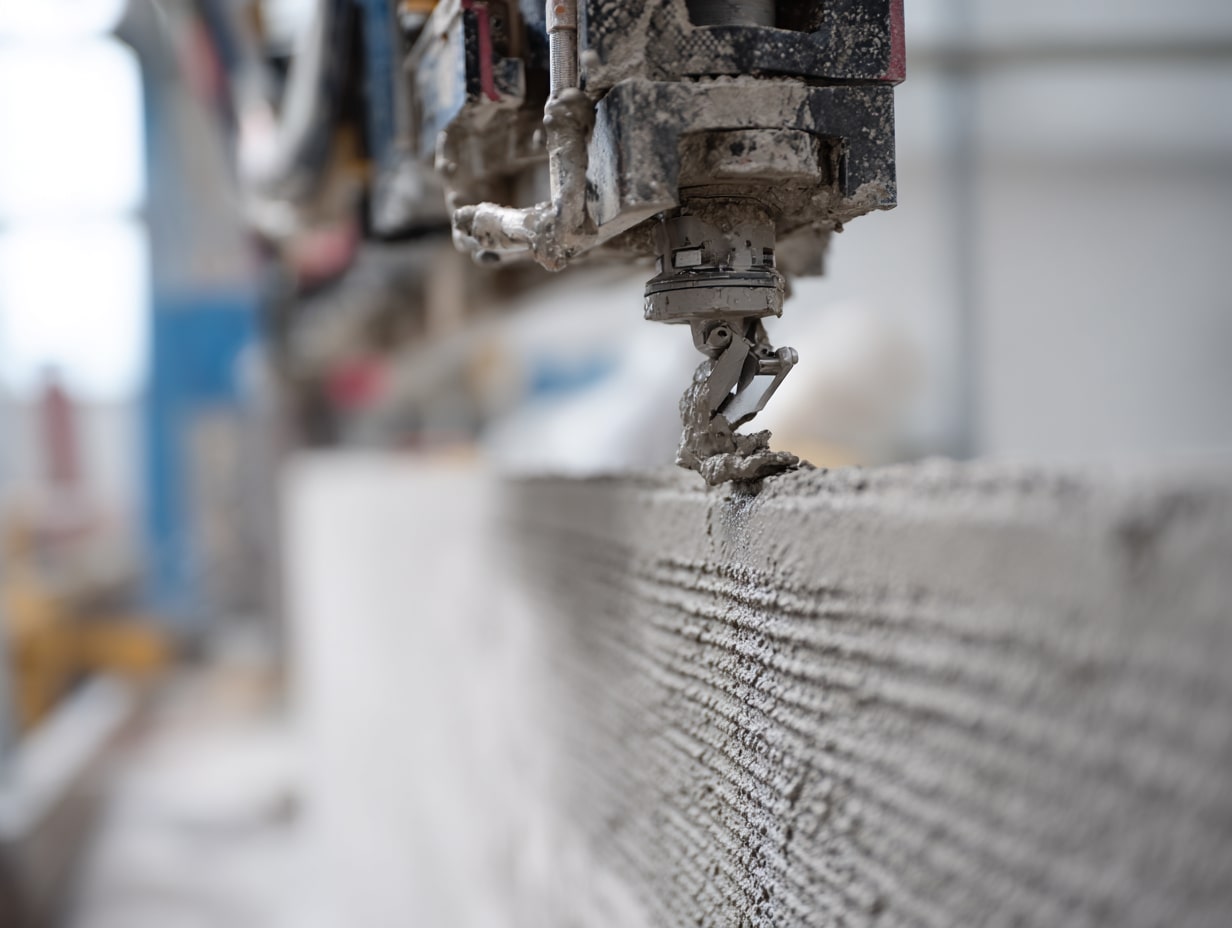


Leave a comment